Check out this amazing article I found on Active.com
This one is near and dear to me because I suffered a knee injury nearly two years ago as a result of supinated feet, overtraining and a general lack of grace. I never used to stretch my feet and regularly took stretching for granted, until a minor knee injury took me off the weights (bodyweight included) and out of Kung Fu. Not tending to my feet to compensate for my gait and increased frequency of running, in conjunction with weight training and Kung Fu, caused a minor meniscus tear, a strained IT band and worsened my already tight hips. That meant, no running, squatting, lunging, jumping - you get the idea. Thanks to an awesome friend that is a physical therapist and my equally awesome trainer at the time, we came up with a 6-week game plan to get my knee healthy and in great training condition. I have a profound respect for all of these exercises and all forms of stretching, active and otherwise. Anytime I skimp on these before a run, I end up with an ice pack on an elevated knee. At it's worst, knee pain has cut a run short in the interest of preventing any long term injury. I surely did walk gingerly back to the gym to stretch. It was humbling, but I stretched to train another day.
7 Exercises for Fitter Feet
Suzanna McGee - TennisFitnessLove.com
Your toes are designed to have as much dexterity as your fingers -- each toe joint can flex and extend, abduct and adduct. These are basic, simple motions, but when you try it yourself, you realize how difficult it is to lift one toe without lifting the other toes.
More: How a Tennis Ball Can End Hip Pain
That's why you need to start a strengthening program for your feet, and work on it until your movements are fluid and the motor skills are visibly improved.
Toe Lifts
Lift your big toe on its own, without the other toes lifting. Keep working on it until you are capable of doing it smoothly.
Process to lifting each toe one at a time, until they are all in the air. Then, reverse and place them down again, starting with the 5th (smallest) toe, until you get your big toe.
Toe Abduction
Our feet are always smashed and compressed inside our shoes, often too narrow for the toes to move. The narrow toe space in footwear creates weak toe abductors and tight adductors, which prevents your toes from spreading wide naturally.
Stand up barefoot, with the weight on your heels so you can lift your toes. Now spread your toes away from each other without lifting them off the ground.
More: The 3-Minute Stretch to Prevent Tennis Injuries
If you wear flip-flops as footwear of your choice when you are not in the tennis shoes, you need to know that flip-flops force your toes to increase the gripping action, which can cause chronic tension in the flexed position and eventually alter your balance.
Stretching the Toe Flexors
Stand up and reach one leg behind, placing the top of the foot on the ground. Relax and stretch your ankle. If you experience cramping in your toes, take a break and return to the stretch. Work yourself up to holding 1 minute on each side.
Strengthen Bottom of your Feet
In this exercise, you can either use small pebbles that you will pick up with your toes, one by one, from the ground. You can also use a towel that you will scrunch with your toes. Try to feel the muscles in the bottom of your feet.
Foot Circles and Points with Therabands
Many foot problems happen because of the limited range of motion or flexibility in the ankle and surrounding muscles. The simple, restorative foot flex-and-point exercise and foot circles will create more movement in your ankles and bigger range of motion.
More: 4 Exercises to Strengthen Ankles
To bring this exercise a bit further and work with some resistance, take a Theraband (or any resistance band of your choice) and loop it around your foot. Pull on the band to create enough challenging tension, and do 20 points and flexes, followed by 20 circles clockwise, and 20 circles counter clockwise. You will definitely feel the muscles working. Then repeat for the other foot. If you find one foot much weaker, repeat on the weaker side one more time, until you get both sides evenly strong.
Walking Barefoot
Occasionally, you may want to walk around barefoot or in minimalist footwear, so you would exercise the muscles in your feet during body movement. You will feel the ground differently; you will create a new sense of balance and develop a light foot strike, which will help you to move lighter on the tennis court.
Rehab of Your Feet
Give your tired and beat-up feet more love. Besides strengthening and stretching, massage them occasionally, give them a hot bath, and soak them in good lotion or shea butter. You can also roll your feet on a golf ball or other small massage balls.
After only a few weeks of strengthening your feet muscles, you will notice a better movement on the tennis court, and if you have been experiencing aches in your knees, or tightness in your calves or glutes, you may be surprised that these will go away. Make sure to give your calves a good stretch and myofascial release regularly.
More: One Powerful Post-Match Stretch to Prevent Injury

